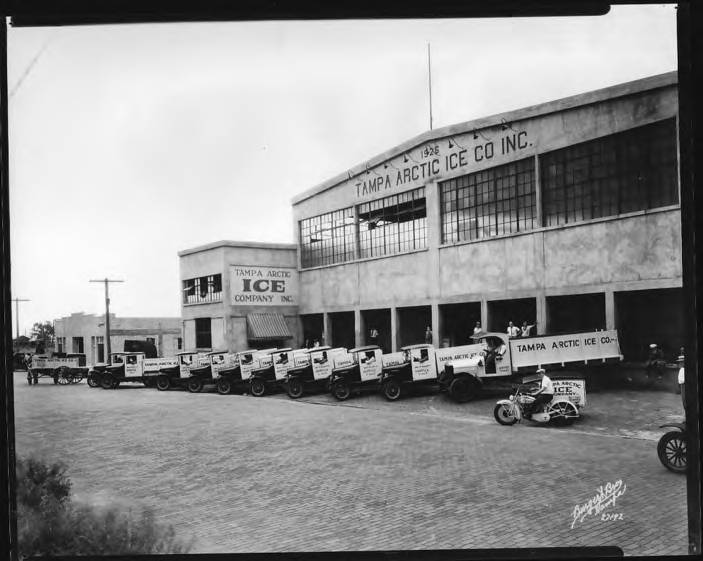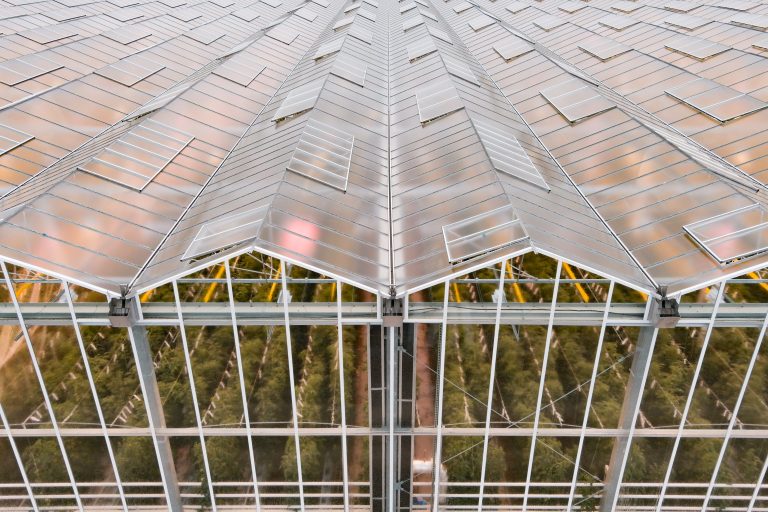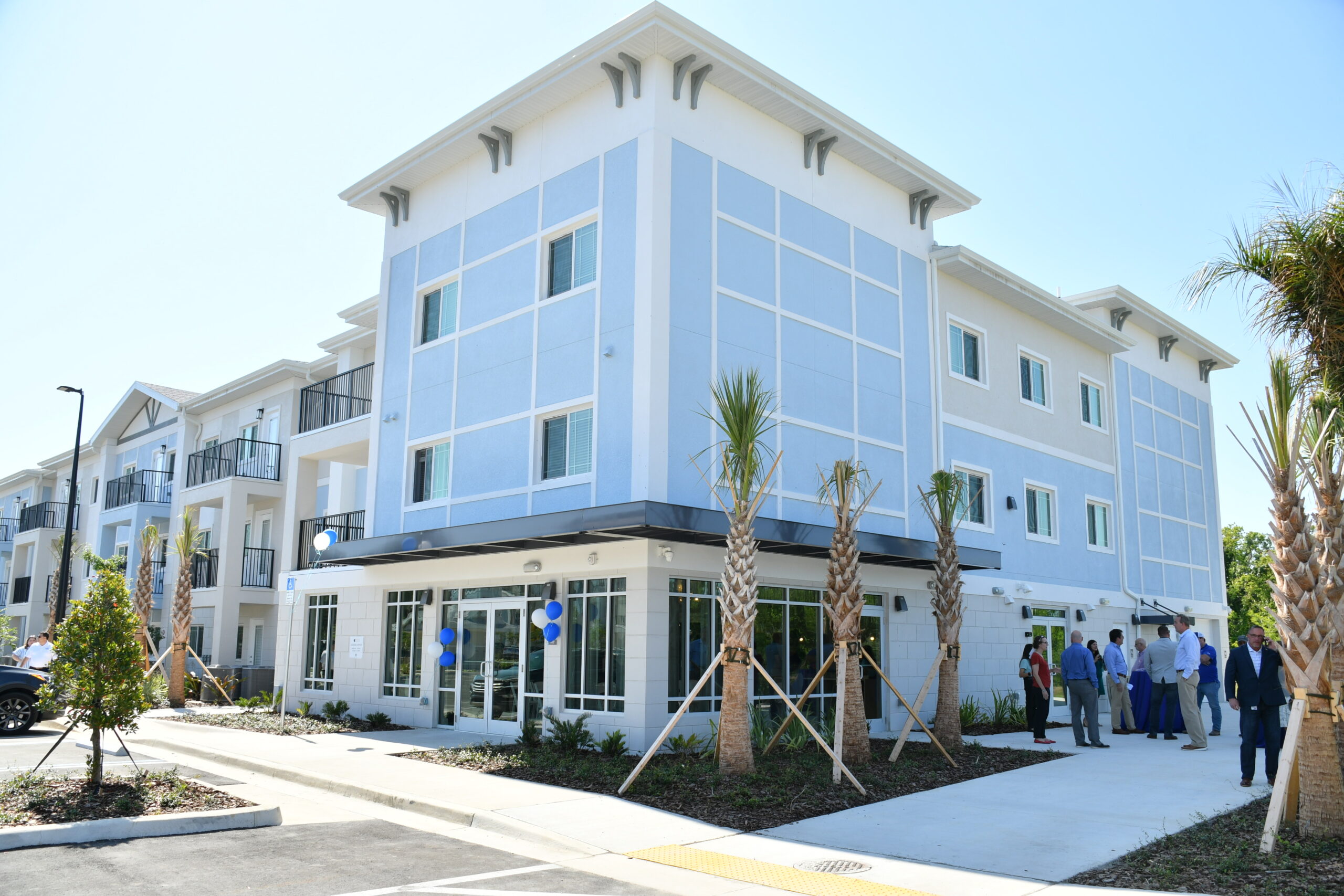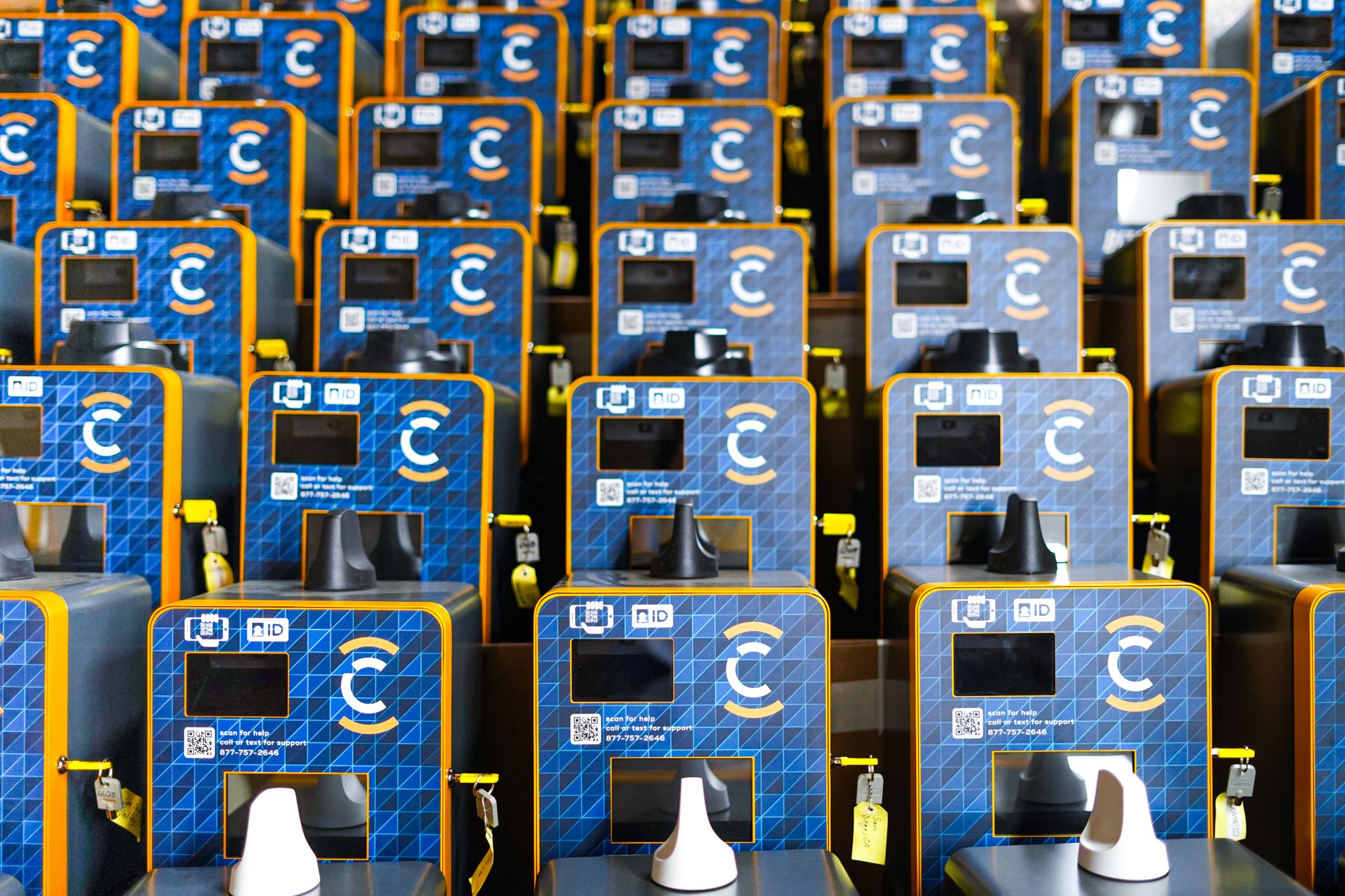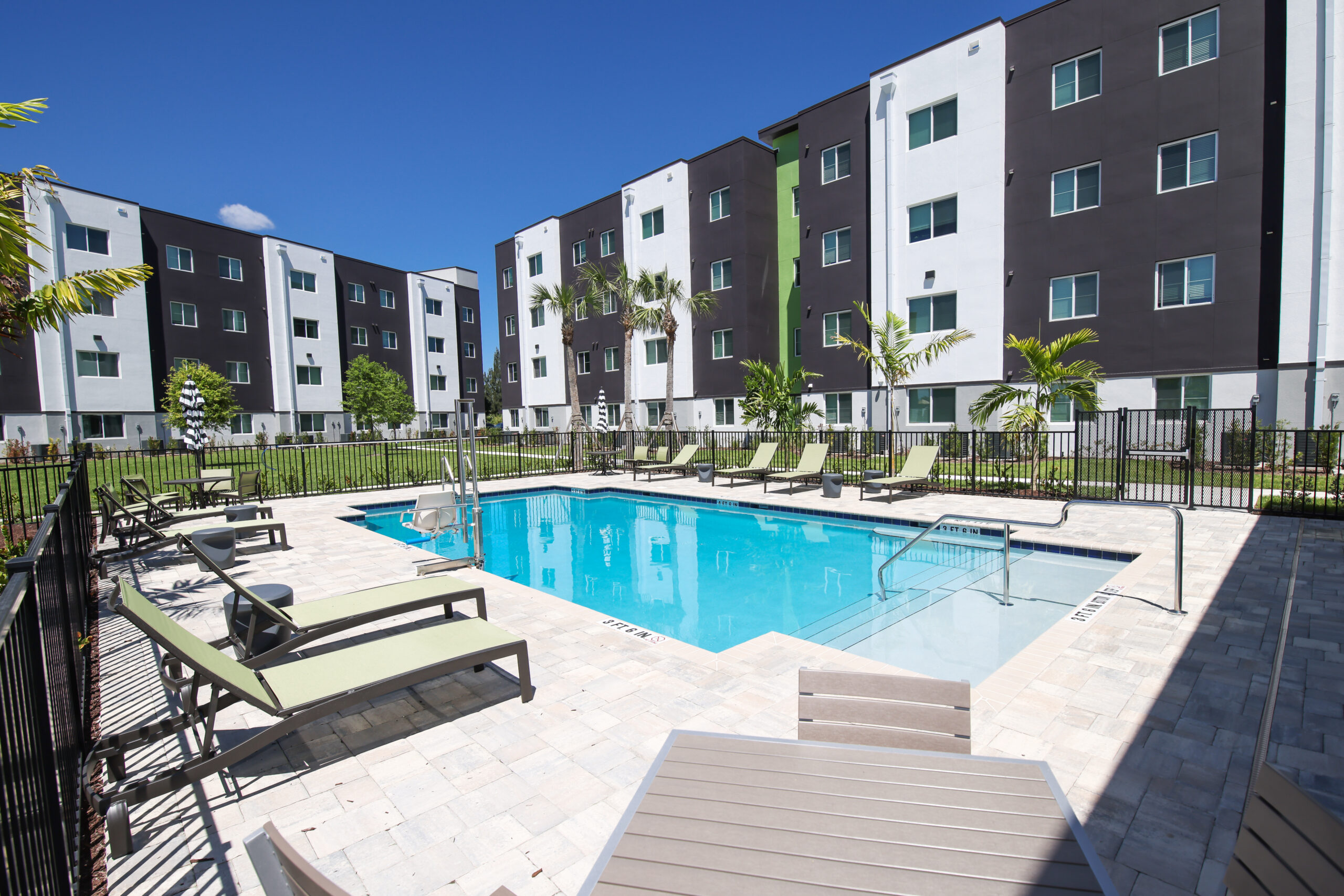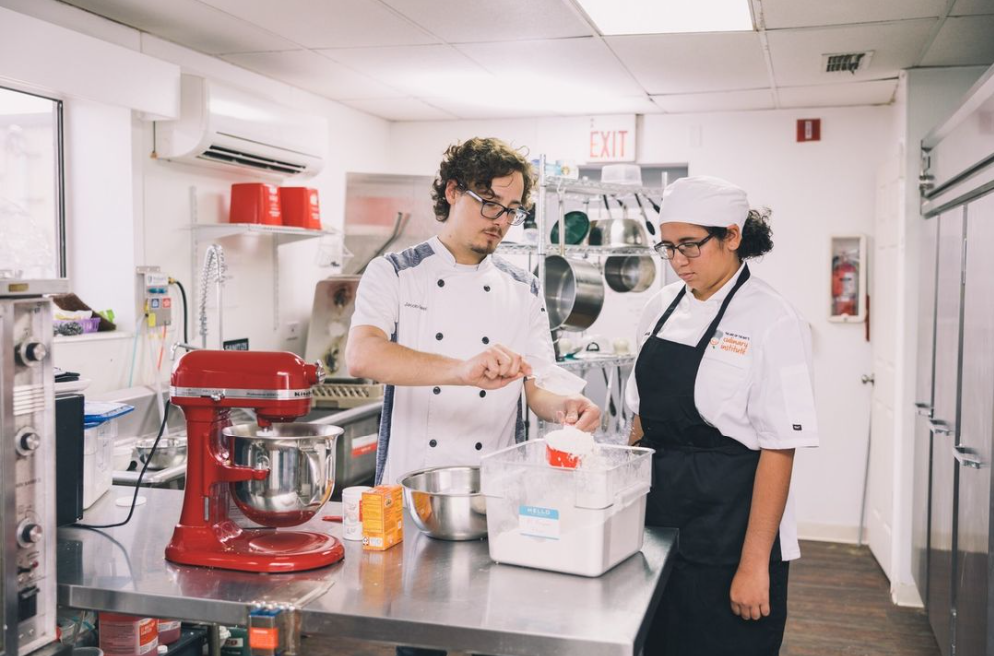The Hidden History series is about finding the common, everyday places and things we might take for granted in Tampa Bay — like AC in Florida — and unearthing their unique story.
Suntanning on the beach. Strolling down the Riverwalk. Biking down Bayshore. All fun activities we are able to do in Tampa—as long as there’s the promise of sweet, sweet air condition when we’re done. Let’s learn more about what it took to get AC in Florida and how people ever lived without it.
Getting rid of bad air
One of the first people to understand the need for cool air was John B Gorrie. Born in the Caribbean in Nevis, he moved to Florida in 1833, where he found the climate was not much cooler than the island he left. A doctor and inventor, his focus was on tropical diseases, particularly Yellow Fever. It was his belief that bad air1 caused diseases, and he was constantly looking for ways to cool down patients. So, he invented the first practical ice-making machine.
He began mechanically producing ice in 1844. And by 1850, he was able to routinely produce ice the size of bricks while finding ways to blow air on ice, therefore producing cooler air. Unfortunately, in 1835, a patent for the “Apparatus and means for producing ice and in cooling fluids” had been granted in England and Scotland to American-born inventor Jacob Perkins, who later became known as “the father of the refrigerator.”2

Enter the Ice Box
Most people relied on ice harvested from northern lakes to keep things cool in Florida. Upon arrival, the blocks of ice were distributed to ice houses and local businesses, where they were stored in sawdust to minimize melting. People would purchase the ice and transport it home using horse-drawn carts or insulated wagons.

Seminole Ice Company, Inc. truck with awning across top and iceboxes; man posed next to it, 1936. Courtesy, Tampa-Hillsborough County Public Library System 
Tampa Arctic Ice Company, Inc., Second Avenue and Fourteenth Street with delivery staff posed in vehicles, 1928. Courtesy, Tampa-Hillsborough County Public Library System 
Atlantic Ice and Coal Corporation at 816-820 Zack Street in Tampa, 1919. Courtesy, Tampa-Hillsborough County Public Library System. 
St. Cloud Ice Company horse drawn wagon – Saint Cloud, Florida, 1910. Courtesy State Archives of Florida
The ice was then placed in a wooden or metal container known as an ice box — an insulated cabinet with a compartment for storing the ice at the top and a lower compartment for food storage. The ice’s cold air would circulate through the lower compartment, keeping perishables cool and slowing down the spoilage process.
To mitigate the effects of the Florida heat, ice boxes were often positioned in shaded areas or special ice box rooms that were well-ventilated to improve air circulation. Some homeowners even dug shallow wells and placed their ice boxes partially underground to take advantage of the cooler earth temperature.

Modern AC in Florida
Modern air conditioning owes its origins to Willis Carrier, who created the first electrical air conditioner in 1902. Initially, factories and textile mills used air conditioning to control humidity levels. Recognizing the potential of this invention, entrepreneurs soon realized the impact it could have on improving the quality of life in hot climates.
In the early 20th century, Florida’s population was relatively small, and most communities lacked access to air conditioning. Businesses were the first to adopt this luxury, using air conditioning systems to cool hotels, department stores, and movie theaters. One such example is the Tampa Bay Hotel, which installed air conditioning in 1902, becoming one of the first public building in Florida to offer cooled air to its guests.

The widespread adoption of air conditioning in Florida really began in the 1950s and 1960s. The newfound comfort offered by air conditioning sparked a surge in population growth and economic development in the state.
Cool air revolutionizes the states
The ability to escape the oppressive heat and enjoy a comfortable environment attracted visitors from across the country, boosting the state’s economy. Hotels, theme parks, and shopping centers thrived, and Florida solidified its position as a top vacation destination.
Air conditioning had a profound impact on architectural design in Florida as well. Prior to its widespread use, buildings relied on natural ventilation to provide relief from the heat.3 However, with air conditioning, architects could create sealed environments that offered consistent comfort regardless of the external climate. This led to the rise of high-rise buildings and suburban sprawl, as people no longer needed to live close to coastal breezes for relief.
As we enter the hottest months in Tampa, let’s be happy we don’t have to rely on little more than ice and a cool breeze to keep us comfortable.
Notes
- The term malaria comes from the Italian words for bad (mala) and air (aria).
- Gorrie is still a hero in these parts. Gorrie Elementary in South Tampa is named after him.
- The “shotgun” style home was common in Florida as it allowed for excellent airflow.











